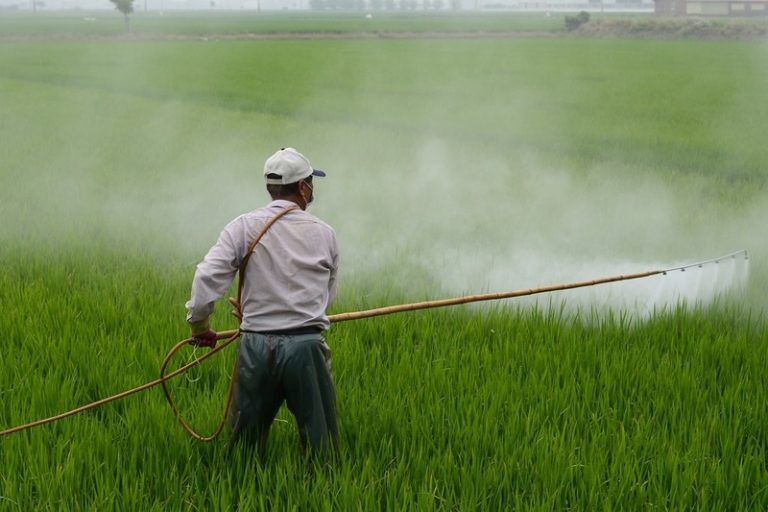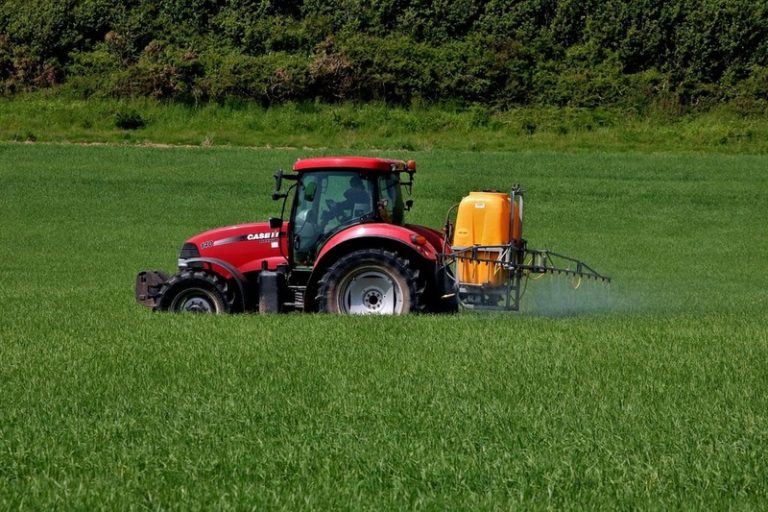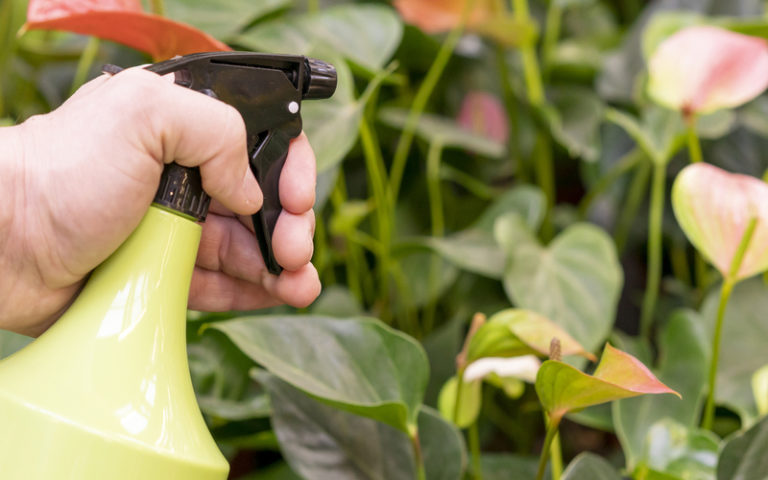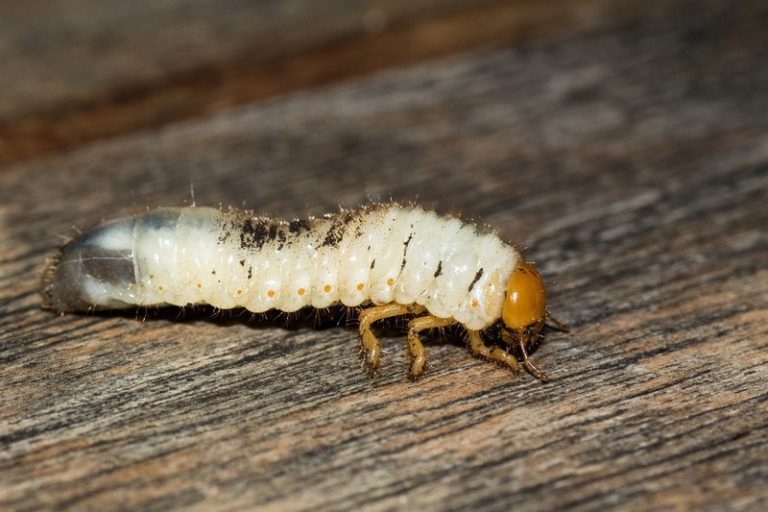Biopesticides: The Eco-Friendly Solution to Pest Control
Biopesticides refer to natural or biological products that are used to control pests and diseases in crops, livestock, and public health settings. These products are derived from natural sources such as plants, microorganisms, and other natural enemies of pests. Biopesticides are gaining popularity as an alternative to synthetic pesticides due to their environmental safety and efficacy.
In this article, we will discuss the types of biopesticides, their advantages, challenges, applications, and the future of biopesticides.
Types of Biopesticides
There are three main types of biopesticides. These are microbial biopesticides, plant-incorporated protectants (PIPs), and biochemical biopesticides.
- Microbial Biopesticides:
The ingredients of microbial biopesticides come from living things including bacteria, fungus, viruses, and protozoa. These biopesticides are employed in the management of diseases and pests in plants, animals, and people. Bacillus thuringiensis (Bt), which is used to manage insect pests, and Trichoderma spp., which is used to treat plant diseases are two examples of microbial biopesticides.
2. Plant-Incorporated Protectants (PIPs):
Plant-Incorporated Protectants (PIPs), a type of biopesticide, are created by altering the DNA of plants so that they produce proteins that defend them against pathogens and pests. Following that, the plants function as organic factories that continually generate the biopesticide. PIPs, which are genetically engineered crops that generate the Bt protein that regulates insect pests, include Bt-corn and Bt-cotton as examples.
3. Biochemical Biopesticides:
Biochemical biopesticides are organic compounds that are derived from bacteria, animals, and plants. These biopesticides function by interfering with the physiological functions of pathogens and pests. Neem oil, which is produced from neem tree seeds and used to control insect pests, and pyrethrins, which are taken from chrysanthemum flowers and also used to control insect pests, are examples of biochemical biopesticides.
Each form of biopesticide has distinct qualities and applications. They can be used independently or in conjunction with other pest management techniques to eradicate pests successfully while posing the fewest dangers to the environment and public health.
Advantages of Biopesticides
Biopesticides are becoming more popular as a pest management strategy due to various advantages over traditional chemical pesticides. The following are some of the most significant advantages of biopesticides:
- Eco-friendly and sustainable: Biopesticides are long-lasting and deemed harmless for the environment because they are derived from natural sources. Pollution and environmental harm are less likely to occur since they don’t persist in the ecosystem and don’t leave behind dangerous leftovers.
- Safe for human health and beneficial insects: Biopesticides are often regarded to be harmless for people and creatures other than those intended to be killed, such as beneficial insects and wildlife. They are less toxic than chemical pesticides and do not represent a significant risk to humans or the environment.
- Effective pest control: When employed as part of an integrated pest management program, biopesticides may be very successful at controlling pests and illnesses. Moreover, they can be useful against pests that have developed resistance to conventional chemical pesticides.
- Flexible and easy to use: Biopesticides are flexible in their use and may be utilized in many different situations. Many industries, including agriculture, forestry, and public health, can benefit from their usage in pest and disease management.

Complement traditional pest management practices
Integrated pest management (IPM) combines biopesticides with cultural and mechanical controls to eliminate pests for the long term.
To sum up, biopesticides are a sustainable and ecologically beneficial alternative to chemical pesticides.
- Challenges of Biopesticides: Despite their many advantages, biopesticides also face several challenges that can limit their adoption and effectiveness. Some of the key challenges of biopesticides include:
- Limited spectrum of activity: The limited spectrum of action of biopesticides may only be effective against specific illnesses or pests. So, they might not be as efficient as chemical pesticides in preventing a variety of pests from arising.
- High cost of production: Biopesticides can be much more expensive than chemical pesticides, which makes them more expensive for farmers and other users.
- Limited availability: Biopesticides are not widely available in all areas, so some people may not be able to get their hands on them.
- Limited shelf life and stability: Some biopesticides have a short time before they stop working, so they need to be stored and handled carefully. This can make them harder to use in some places and cost more to make and spread.
- Regulatory challenges: The regulatory approval process for biopesticides can be complex and lengthy, making it difficult for companies to bring these products to market.
- Lack of awareness and education: It’s possible that many people are unaware of the advantages and uses of biopesticides or how to utilize them successfully. This may hinder their uptake and efficiency.
In order to address these issues, more funding must be allocated to research and development, laws must be modified to make it simpler for biopesticides to be authorized and sold, and more awareness-building and education efforts must be made to encourage proper biopesticide usage.
Applications of Biopesticides
Biopesticides are used in many different fields, such as agriculture, forestry, public health, and pest control in the home. Here are some of the key applications of biopesticides:
a. Agriculture:
Agriculture employs biopesticides to manage a wide range of pests and illnesses that can harm crops and lower output. They can be utilized alone or in conjunction with other pest management techniques to eradicate pests while posing the fewest dangers to the environment and public health. Neem oil, Trichoderma spp., and Bacillus thuringiensis (Bt) are some of the biopesticides that are most often employed in agriculture.
b. Forestry:
In order to prevent pests and illnesses that might harm trees and forests, biopesticides are also utilized in forestry. They can be used to manage fungus, insects, and other pests that can seriously harm forest ecosystems. Biopesticides that are often employed in forestry include Metarhizium anisopliae, Beauveria bassiana, and Bacillus thuringiensis (Bt).
c. Public health:
In order to manage pests that can spread illnesses like the Zika virus, dengue fever, and malaria, biopesticides are utilized in public health. By controlling mosquito larvae in breeding places using biopesticides like Bacillus thuringiensis israelensis (Bti), the risk of disease transmission can be diminished.
d. Household pest control:
Biopesticides kill cockroaches, ants, and termites in the house. Boric acid, diatomaceous earth, and neem oil help eliminate these pests without harming humans or the environment.
e. Organic farming:
Organic farming prohibits the use of synthetic pesticides, hence biopesticides are a suitable substitute. Organic crops can be protected against pests and illnesses using biopesticides. This ensures that the crops maintain their organic certification and contain no hazardous residues.
Overall, biopesticides can be used in a wide range of industries and are safer and more effective than chemical pesticides.
Future of Biopesticides
Biopesticides have a promising future because an increasing number of individuals view them as a viable alternative to conventional chemical pesticides. Following are a few of the most influential trends influencing the future of biopesticides:
Increased demand for sustainable pest management:
There is an increasing need for ecologically friendly pest management methods as more people become aware of the health and environmental concerns associated with chemical pesticides. Farmers and other users may satisfy this demand with the aid of biopesticides, an option that is both secure and efficient.
Advancements in research and development:
Biotechnology, genetics, and other fields are making it possible to make biopesticides that are more effective and target specific pests. Researchers are also looking for new sources of biopesticides, such as microbes found in soil and other natural environments.
Regulatory reform:
Governments all around the globe are beginning to recognize the advantages of biopesticides and are taking action to simplify the regulatory approval process for these products. This makes it simpler for businesses to introduce novel biopesticides to the market, boosting their accessibility and use.
Increased investment:
As the demand for biopesticides rises, more resources are being allocated to their manufacturing, distribution, and research and development. This promotes innovation and increases the accessibility and potency of biopesticides.
Integration with other pest management practices:
Biopesticides are frequently employed in conjunction with a method known as integrated pest control (IPM). IPM integrates various pest management strategies for longer-lasting and more efficient pest control. Biopesticide use is projected to rise along with the use of IPM techniques.
Overall, the future of biopesticides looks bright, as they are increasingly seen as a safe and effective alternative to traditional chemical pesticides. Biopesticides are likely to play a bigger role in sustainable pest management if more money is put into research and development, rules are changed, and people are educated and made aware.
Conclusion
Biopesticides are a safe and effective alternative to traditional chemical pesticides that have a wide range of applications across different industries. They are better than chemical pesticides in a lot of ways, like being safer for the environment and people and being able to target specific pests.
While there are some challenges associated with biopesticides, ongoing research and development, regulatory reform, and increased investment are likely to help overcome these challenges and drive their growth in the future. As consumers demand more sustainable pest management practices, biopesticides are well-positioned to play an increasingly important role in the years to come.
FAQ
Q: What are biopesticides?
A: Biopesticides are a type of pesticide that is derived from natural sources, such as plants, animals, or microorganisms, and are used to control pests.
Q: Why are biopesticides important?
A: Chemical pesticides can harm humans and the environment, whereas biopesticides are harmless and effective. They also encourage sustainable pest management.
Q: What are the different types of biopesticides?
A: The main types of biopesticides are microbial biopesticides, plant-incorporated protectants (PIPs), and biochemical biopesticides.
Q: What are some advantages of biopesticides?
A: Some advantages of biopesticides include being eco-friendly and sustainable, safe for human health and beneficial insects, and effective in controlling pests.
Q: What are some challenges of using biopesticides?
A: Some challenges of biopesticides include limited spectrum of activity, high cost of production, and limited availability.
Q: What are some applications of biopesticides?
A: Biopesticides are used in many different ways, such as in farming, forestry, public health, and getting rid of pests in the home.
Q: What is the future of biopesticides?
A: Biopesticides have a bright future, with new trends and technologies, growth potential, and regulatory and market problems that need to be solved.
Also Read:
Fungicides: An Effective Tool for Protecting Crops from Fungal Diseases






